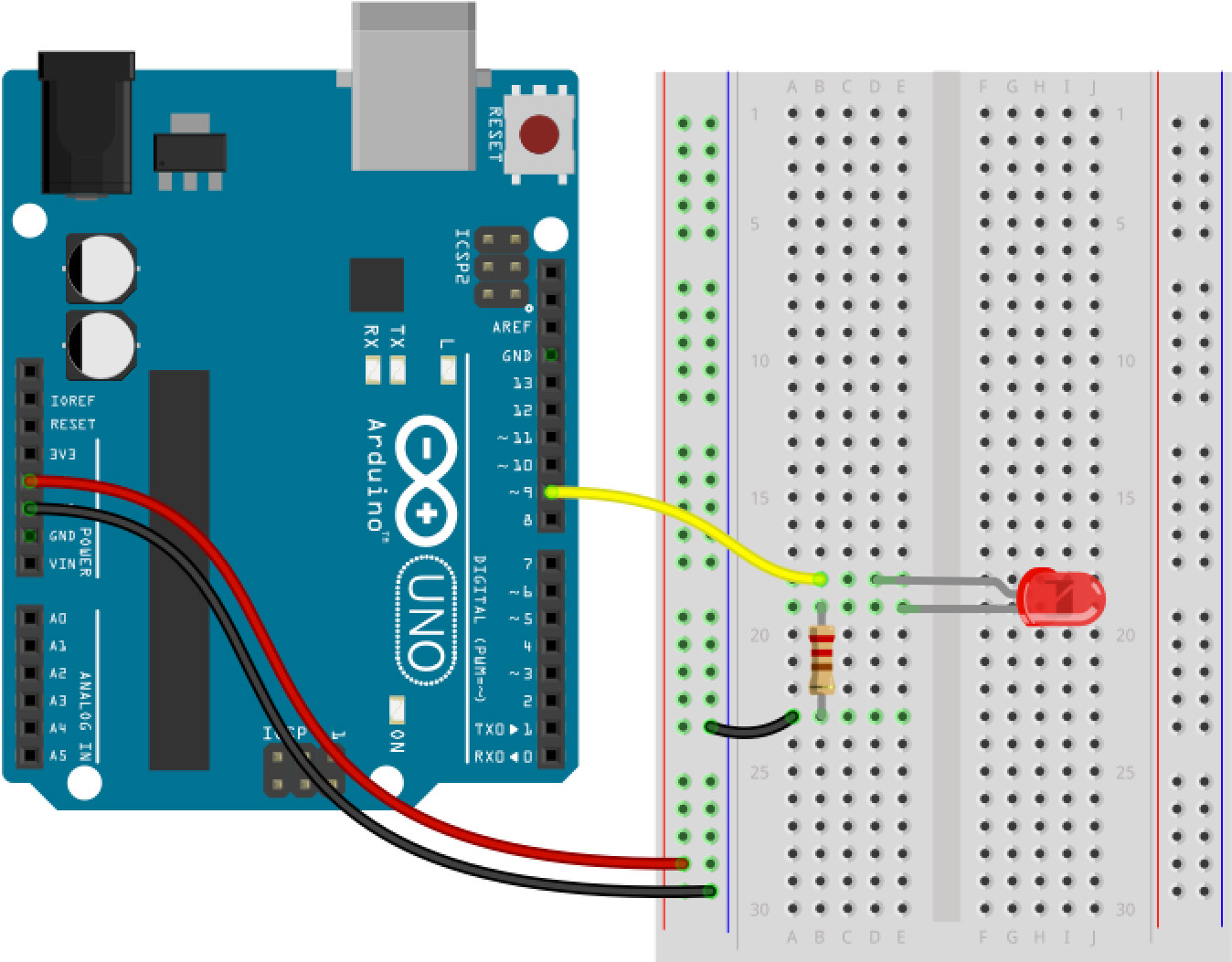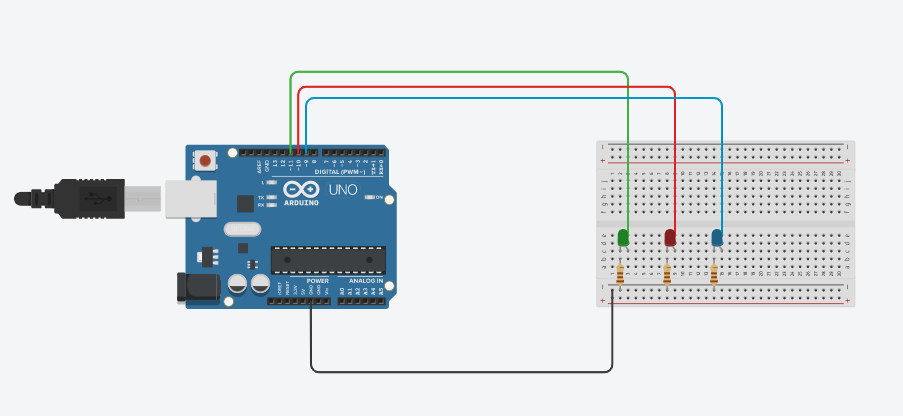


I'm not sure whether, upon calling analogWrite() the pin initially is low or high, but if for the point of this argument we assume it is low and we have a duty cycle of maybe 25% high (64/255) then for the first 75% of a cycle it will be low.
Arduino analogwrite disable code#
What happens though if you call analogWrite(SamePin,SameAnalogVal) at very great frequency though? Does each call to it restart the PWM timing cycle, such that if the cycle were only halfway through after the first analogWrite happened then the cycle would be restarted by the next analogWrite(SamePin, SameAnalogVal) ? Or would the code which makes up the analogWrite() function recognise that it had been called twice in quick succession on the same pin with the same analog output value and effectively ignore this econd call and just let the first one's PWM cycles keep running?

It also acts differently on different pins, especially 5 and 6 which share a clock with millis() and delay() and run at, by default, twice the PWM frequency of the others. When this switching occurs is determined by the analog level (out of 255) and also affected by whether fast, phase correct or some other PWM mode is used. I understand that it sets up PWM timers on any of pins 3,5,6,9,10 or 11 and that these are off for a proportion of a period and on for another proportion. I wanted to check a bit about how analogWrite() actually works.


 0 kommentar(er)
0 kommentar(er)
